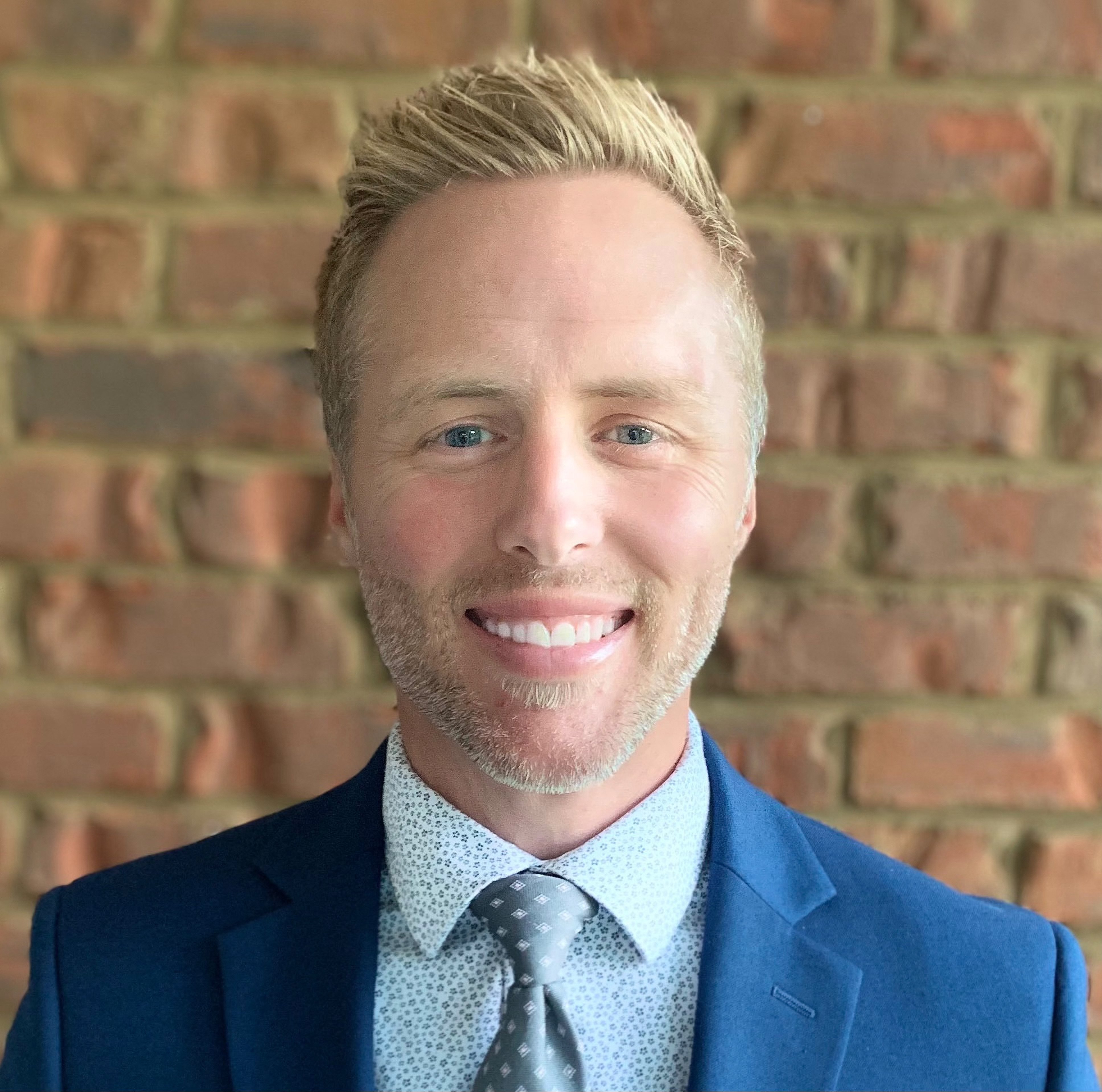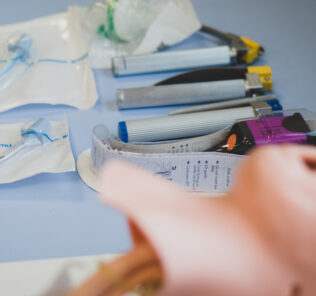How to Expand a Healthcare Simulation Team
Many healthcare simulation programs are orchestrated by a number of individuals, while other clinical simulation programs fulfill operations with a team of one. While medical simulation provided by just a few curious individuals can certainly make an impact, larger teams are able to afford even greater educational opportunities to learners. For this reason, simulationists operating on small teams may question what could be accomplished if they had more people helping to run their programs. This HealthySimulation.com article offers a guide to expanding the healthcare simulation teams while maintaining fidelity and quality across all clinical simulation operations.
Breakdown: Healthcare Simulation Team Expansion
- Identifying objectives and goals
- Identifying potential teammates
- Identifying resources (internal and external)
- Creating buy-in
- Developing plans of action
- Putting plans into action
The first step to expanding a healthcare simulation team is being clear about the objective or goal at hand. Think, “How does one know how to get somewhere if they do not know where they are going?” Clinical simulation leaders must be crystal clear and super concise. Thus, the goal could be to expand the general understanding of medical simulation beyond the current team and onto the educators and/or faculty. Another goal could be to simply empower faculty and educators to include more clinical simulation in their curriculums.
Sponsored Content:
Next, ask who are the participants requesting to be part of the medical simulation team. In most settings, this would include faculty, staff, educators, and/or clinical educators. Ultimately, the participants could include anyone with the capacity to extend beyond didactic-style education and implement hands-on learning.
Time is a valuable resource and plays a huge factor in planning. If the healthcare simulation team identifies an ample amount of extra time, then the plan should be to build the curriculum from scratch, which is very time intensive. A build-from-scratch curriculum ensures that all end users’ needs (faculty, educators, instructors, etc.) are met.
If the healthcare simulation team has limited extra time, then maybe a premade curriculum would be a good fit (options identified below). A pre-established curriculum would ensure some objectives are met while requiring minimal time from the healthcare simulation team. Keep in mind that the content provided in this section would have been created by an outside organization. Outsourcing material could decrease the culture-specific aspects that might be needed within the messaging, depending on the healthcare simulation team’s goals and objectives.
If the healthcare simulation team finds themselves with a little extra time (but not enough to build a new curriculum from scratch) the team can utilize the hybrid approach. The hybrid approach would allow the healthcare simulation team to modify a pre-established, pre-made curriculum. This modification would allow the inclusion of culture-specific content while ensuring goals and objectives are met. The team would also minimize the time needed for the project.
Sponsored Content:
Even the most eager of people will not be able to participate if becoming a member of the healthcare simulation team is perceived as adding to their plate. Messaging around this training enhancing their current role is important, but does not guarantee the process will be viewed as such. Regardless of whether or not a potential participant is a good fit, take their availability into consideration.
Other resources to consider when expanding a healthcare simulation team:
- Budgeted money to purchase curriculum
- Space for training
- Access to information
- Simulation team’s previous training and education
- The capacity and permission to begin this journey
External resources play into the equation as well and can offer the most value for time spent during this process (research). Depending on the answers to the previous questions (goal/objective, potential teammates, and internal resources), those answers will drive the clinical simulation team’s focus. They should ask, what tools are needed to meet the identified needs. Helpful notes include that:
- The Society for Simulation in Healthcare (SSH) is a great resource and a great starting point.
- The Center for Medical Simulation offers training opportunities to meet various healthcare simulation needs.
- The George Washington University offers a free 7-week online course “that provides [simulationists] with key strategies to help understand the foundation of Clinical Simulations.”
- The International Meeting on Simulation in Healthcare (IMSH) is another great platform to network with others in similar positions. The organization also relays available positions and how the resources available can assist in meeting the healthcare simulation needs.
- Clinical Simulation 101: The Basics and Nursing Simulation for Instructors are also great courses to start.
Simulationists should understand that there are many other valuable resources out there. Those listed offer varying degrees of support, but provide a starting point for any clinical simulation team. Once resources have been identified, buy-in can be created.
Keep in mind that the majority of people tune into WIIFM, or “What’s In It For Me,” and healthcare education is no different. The current education model consists of a content expert providing information to an individual or group of individuals in a unified manner. In healthcare, the lecture model deviates a bit by providing healthcare simulation and clinicals. However, healthcare education is generally separated into its own silos and each remains in its respective zones:
- Instructor lectures in a classroom
- Clinical Instructor oversees clinicals
- Simulation professional provides simulations
To generate buy-in, the importance lies in the medical simulation team’s ability to illustrate the new value proposition. The value proposition includes the decreasing workload of a medical simulation educator after the successful integration of healthcare simulation into their curriculum. Keep in mind that there will be upfront work to be done that will require more time. However, the added initial time needed is temporary and will provide a return of less time “educating” and more time allowing learners to gain experience.
The value proposition, therefore, becomes better outcomes through better processes. Eliminating silos by creating team unification through the healthcare simulation process is key before moving on. Value creation through silo elimination is the part that sometimes stops progression. However, oftentimes changes culture to one that supports, values, and utilizes healthcare simulation to the max. Spend time here and solve the silo problem.
Once the current healthcare sim team and the future team are set, then comes the time to make a plan. Assuming time and other resources are limited, the future plan of the team could include:
- Provide seven weeks for the soon-to-be healthcare simulation faculty to complete The George Washington University’s course through Coursera (free).
- During Week 8 the healthcare simulation leader should gather the group together to collaborate and provide a concise message.
- From Week 9 to Week 12, they should understand that the foundation for healthcare simulation was paved by the free online curriculum. This time can be used to build upon that foundation. These weeks should also be spent on the organization-specific needs identified by the healthcare simulation team.
Next, as the pre-work is completed and game day is approaching, healthcare simulation leaders should simulate the process within the team. Simulating the process might be the most crucial aspect of the entire initiative. Medical simulation assists in recognizing a gap in the understanding of a skill or subject and can offer the clinical simulation team the opportunity to shine a light on potential gaps within the proposed process.
Once the gaps are identified and the plan is tweaked to meet the goals and objectives, clinical simulation leaders should begin to launch the initiative. Launch with excitement, as the healthcare simulation team knows the value clinical simulation brings. At this point, the value of expanding healthcare simulation is but moments away from enhancing the lives of those on the team.
Ultimately, healthcare simulation team expansion can be used to assist in the true learning offered to the learners and to share the educational load. More importantly, a growing team can help expand the minds of those educating. A “practice like we play” mindset leads to an understanding that if leaders do not like the way the team is playing, then they should change the way they practice. Expanding the healthcare simulation team expands true learning.
Learn About The Two-Team Training Approach
With just under two decades of nursing experience, primarily in Pediatric Emergency and Healthcare Innovation and Simulation, Eric Ayers fell in love with the idea of learning through experience. He is the Founder and CEO of emc2, and host of Purpose Empowered Podcast. Ayers is an optimist and thought leader with a passion for inspiring all to reach an understanding of true personal potential. Leveraging his background in healthcare education with his MBA in Healthcare Administration, Ayers’ focus is to add value within organizations by illuminating value within their employees. He is also a husband, a father, an ideator, an innovator, an author, and a lover of both possibility and humanity. It is his intention to change the world through shifting perspectives.
Sponsored Content:




















